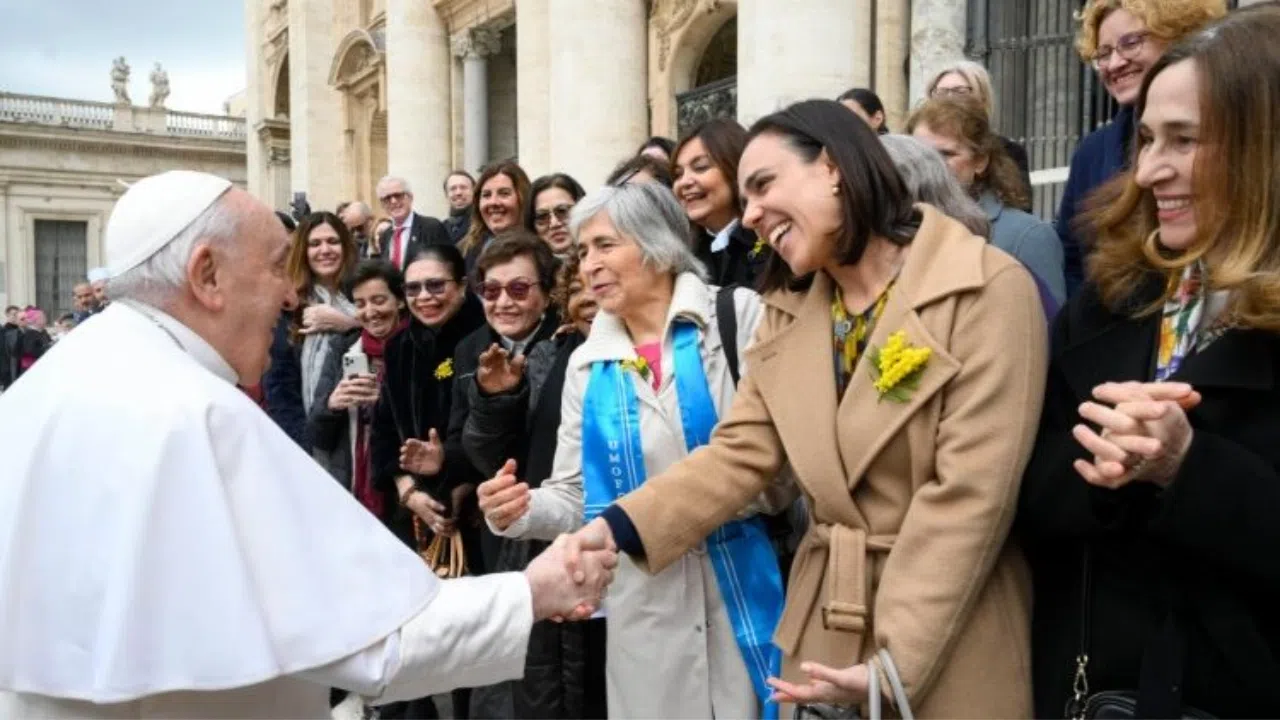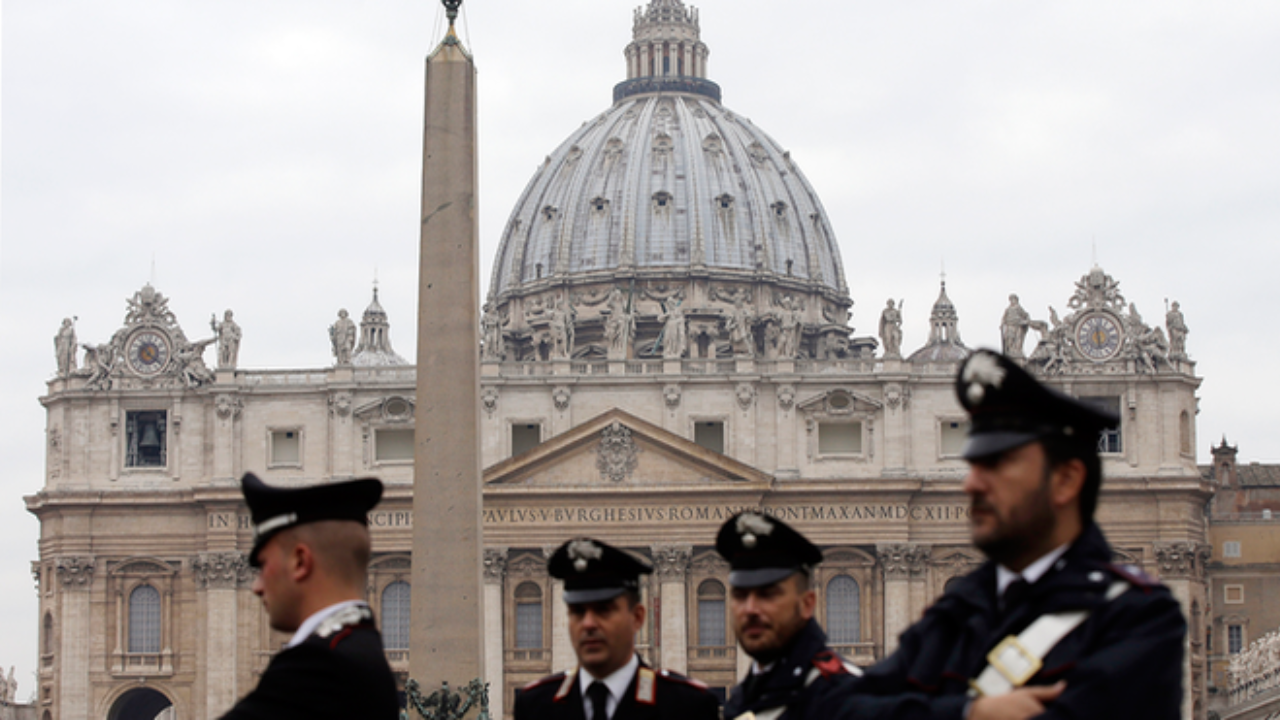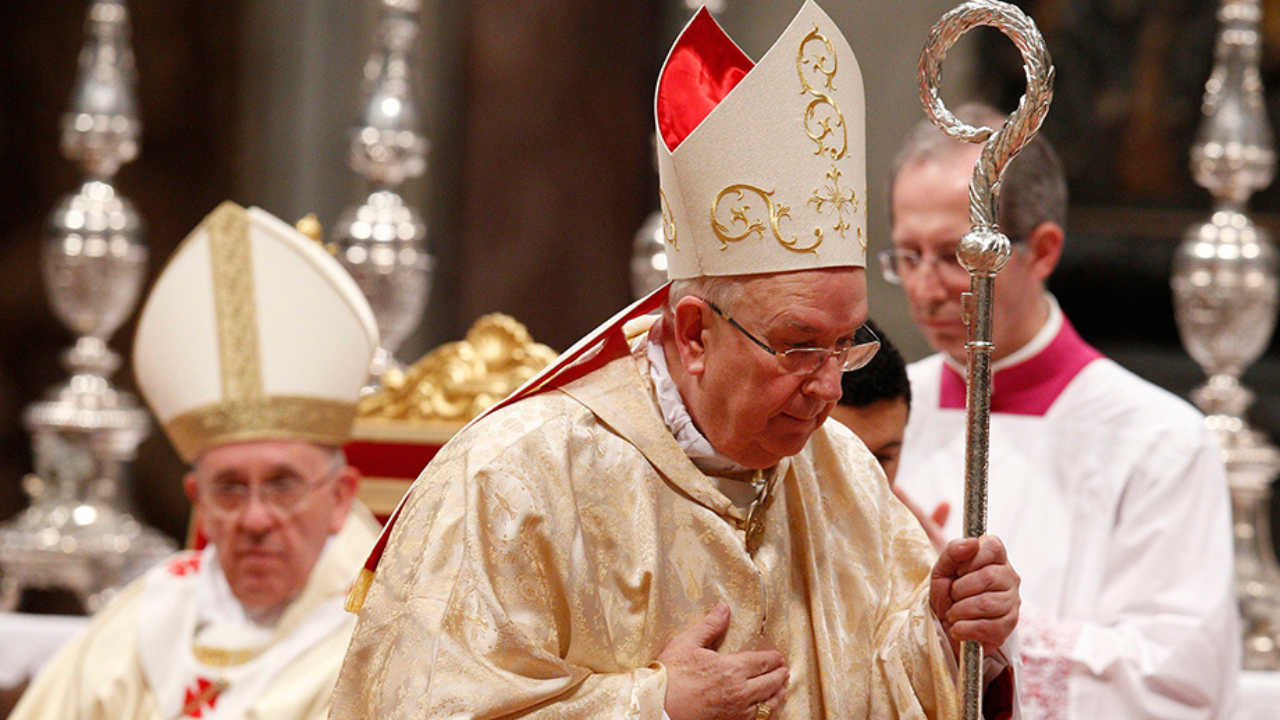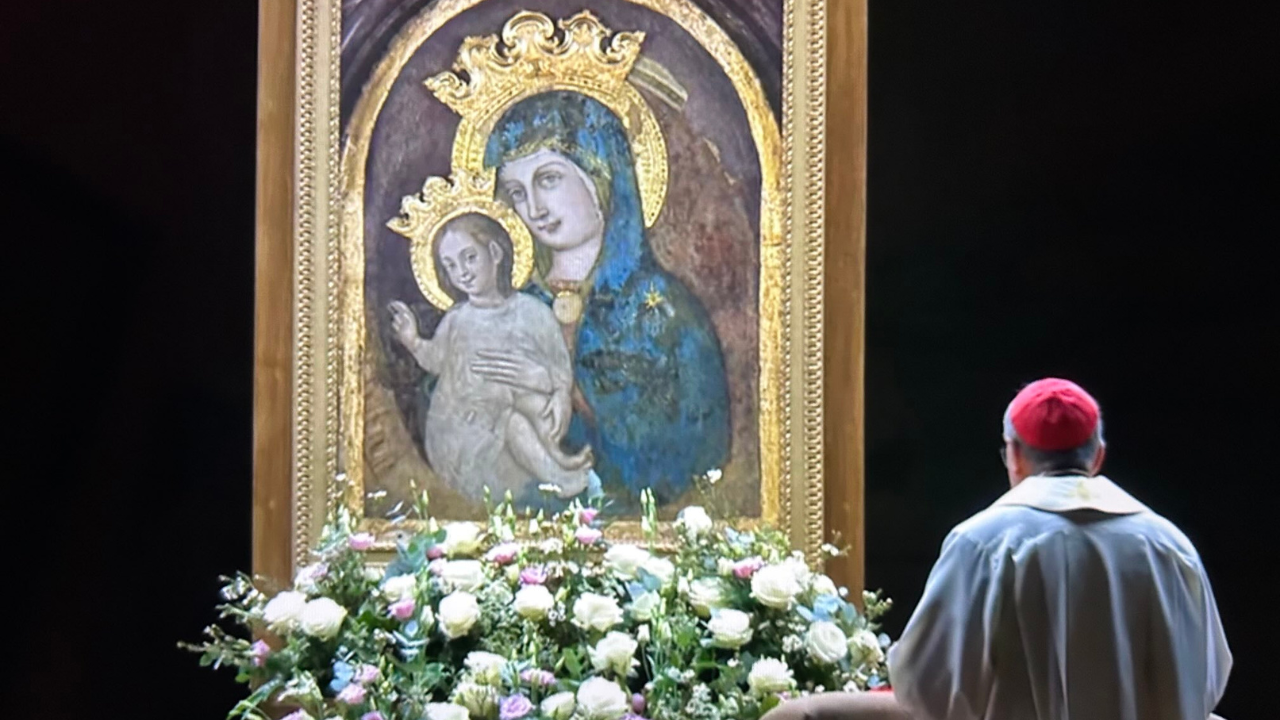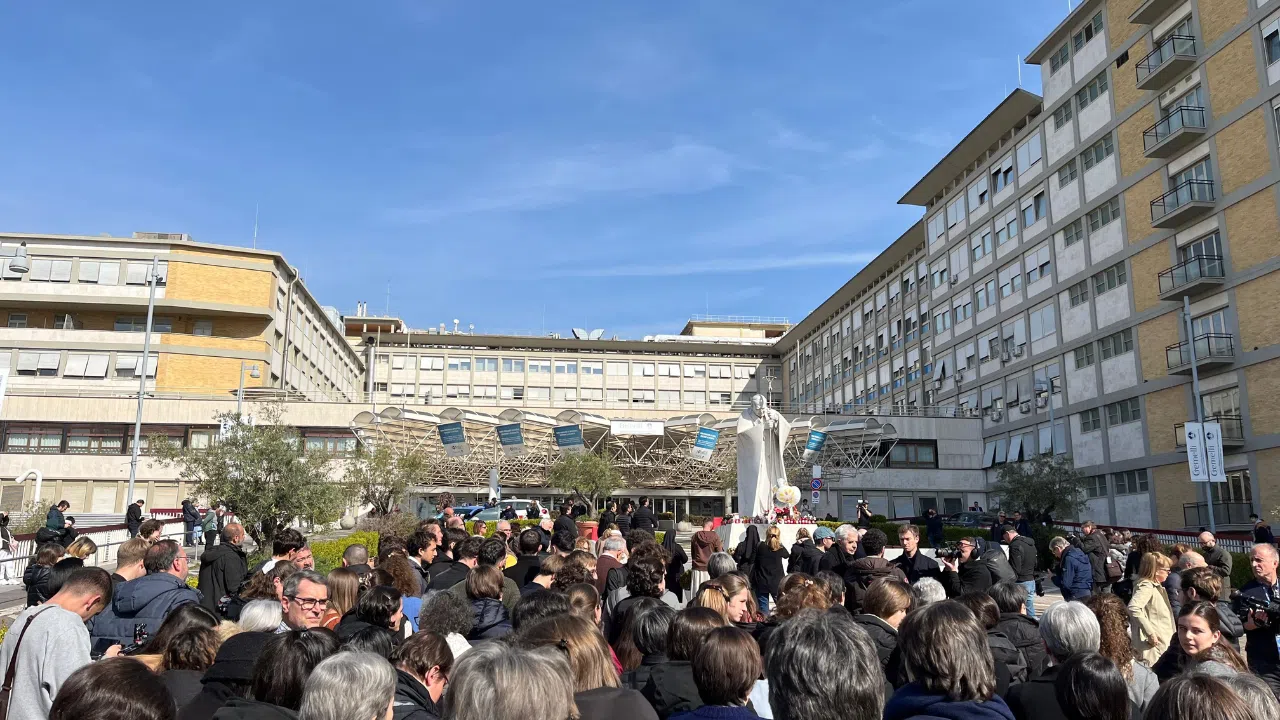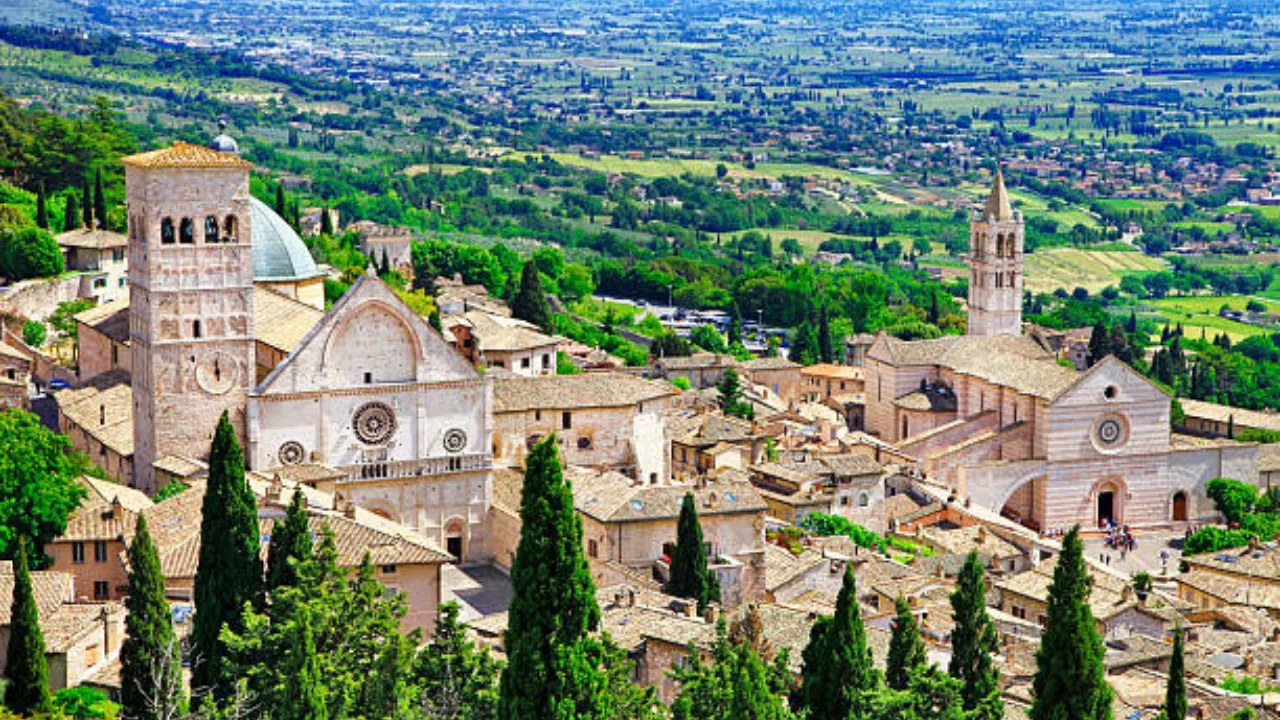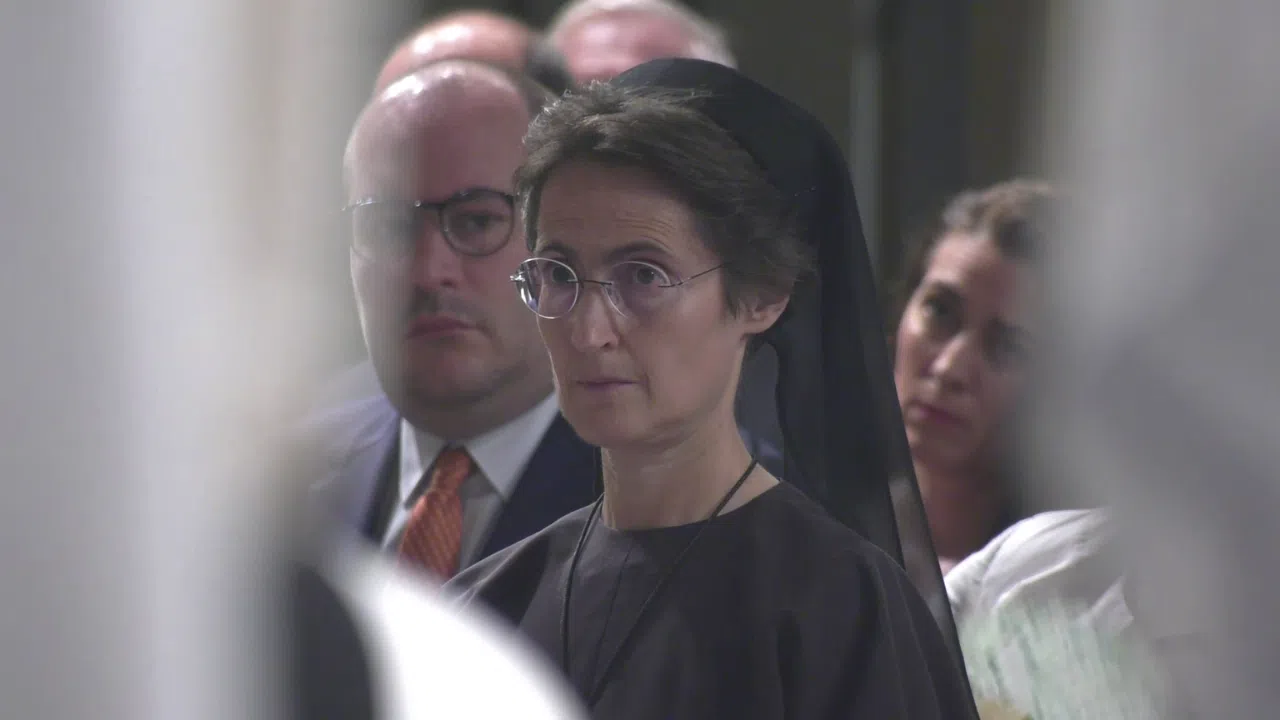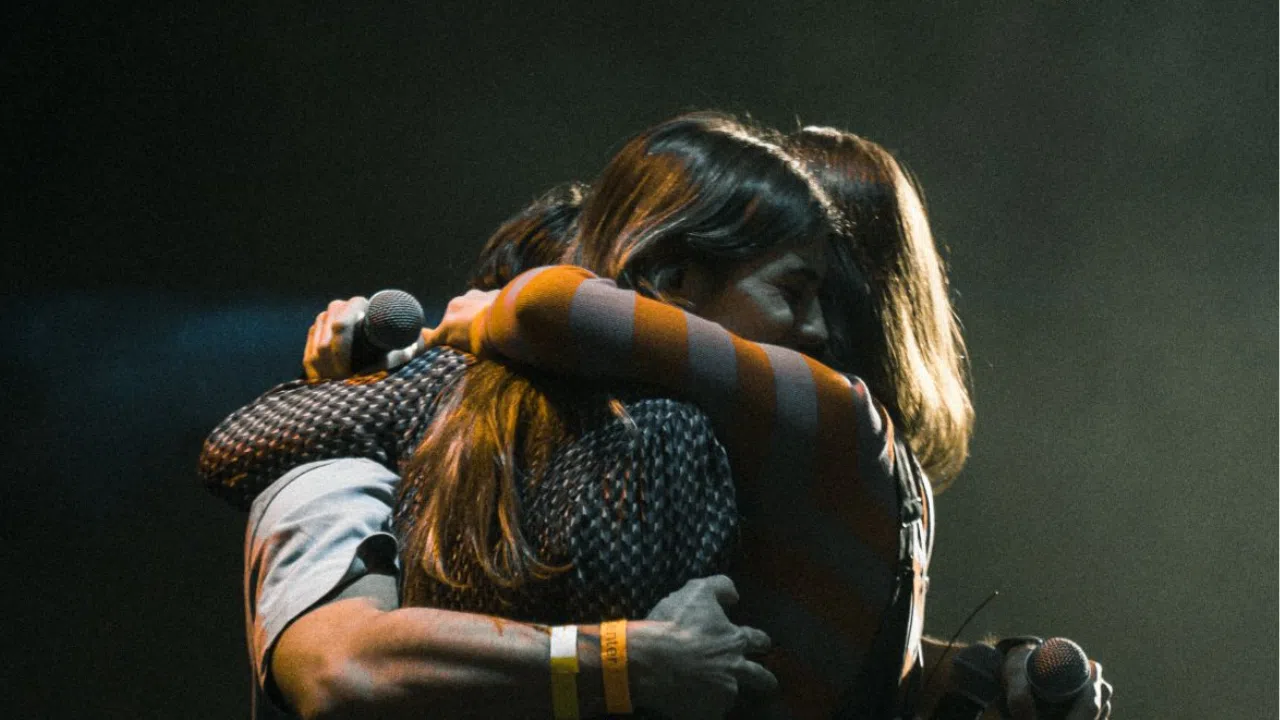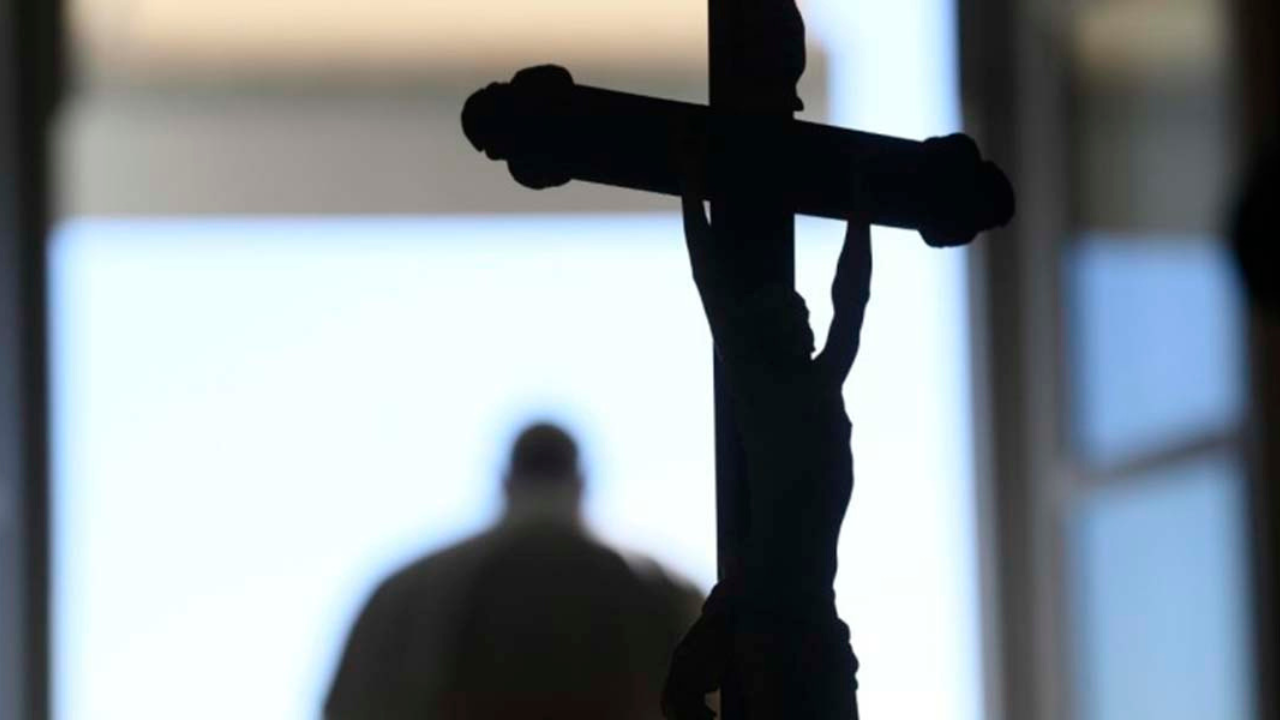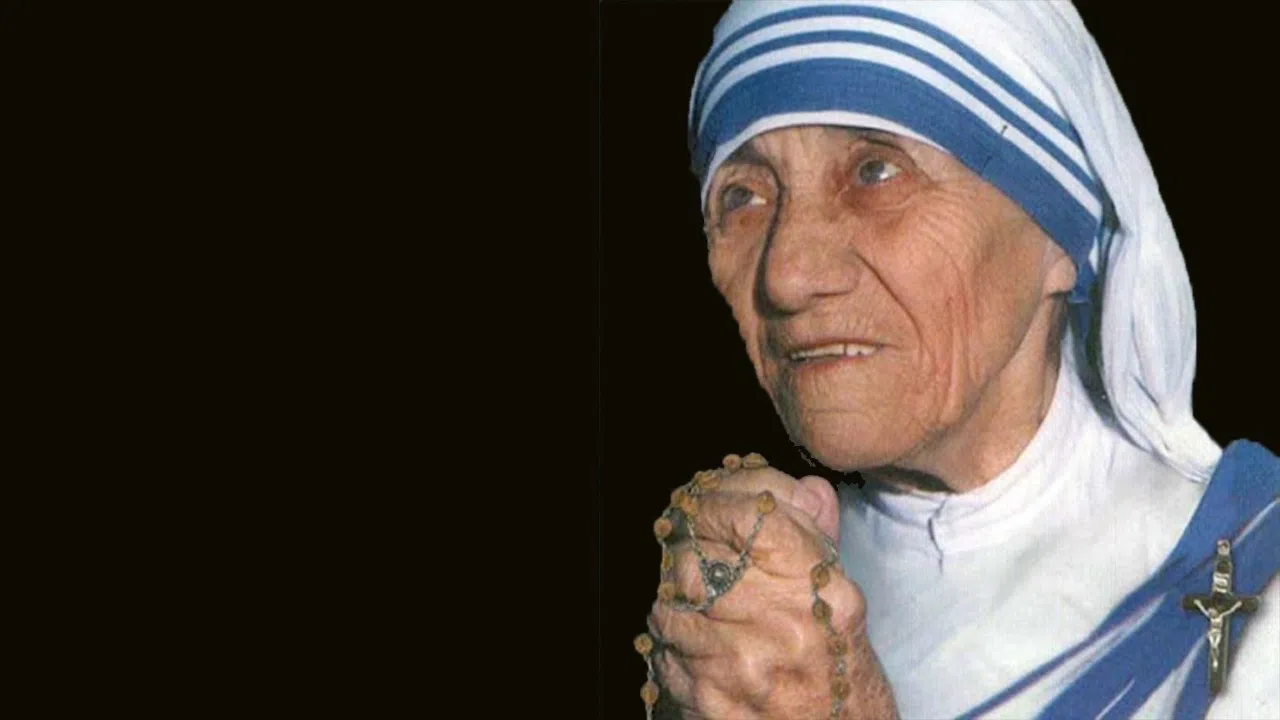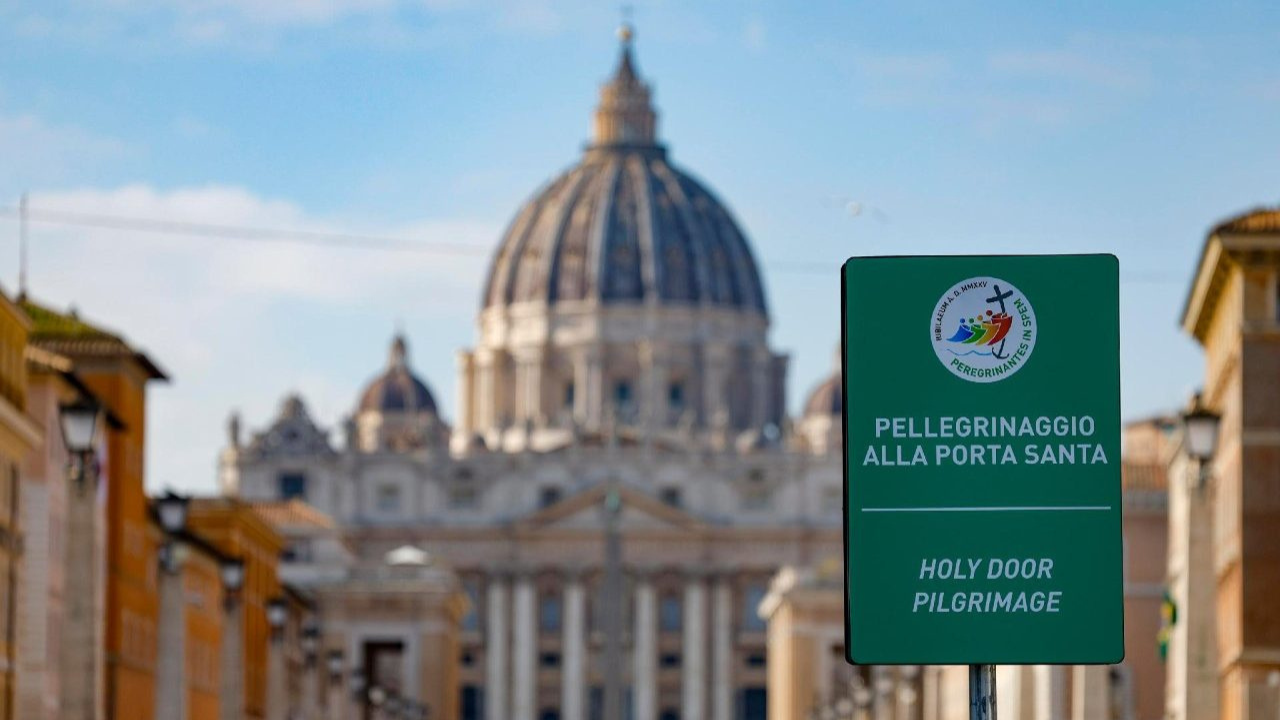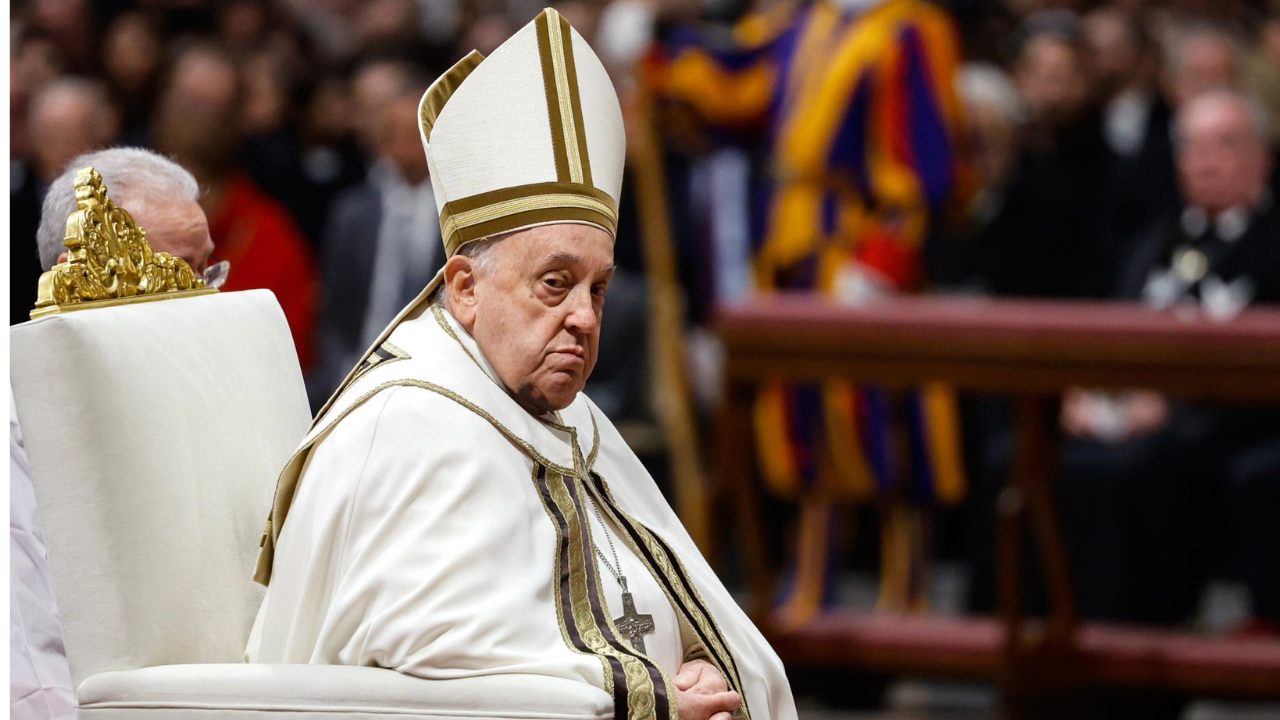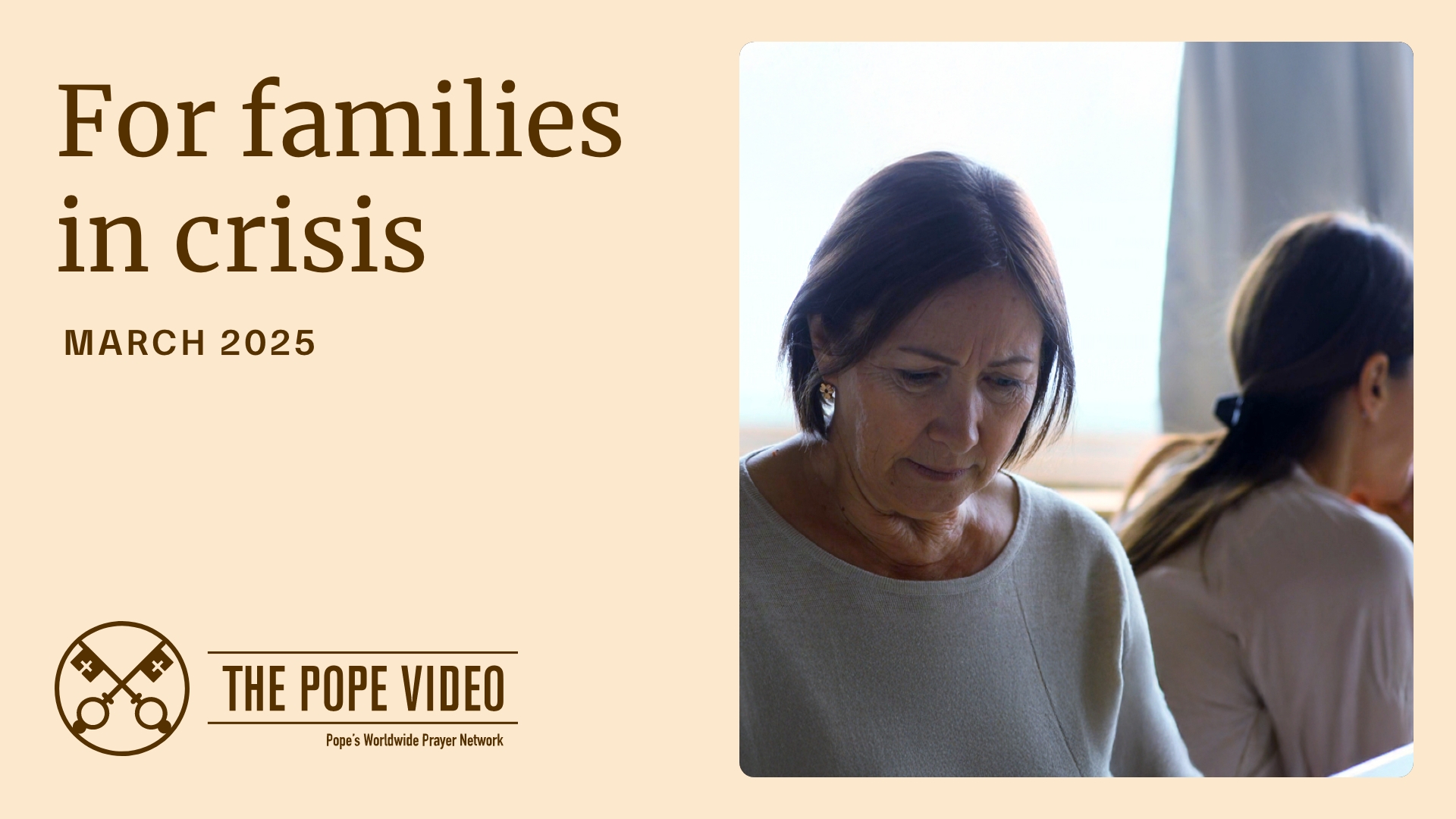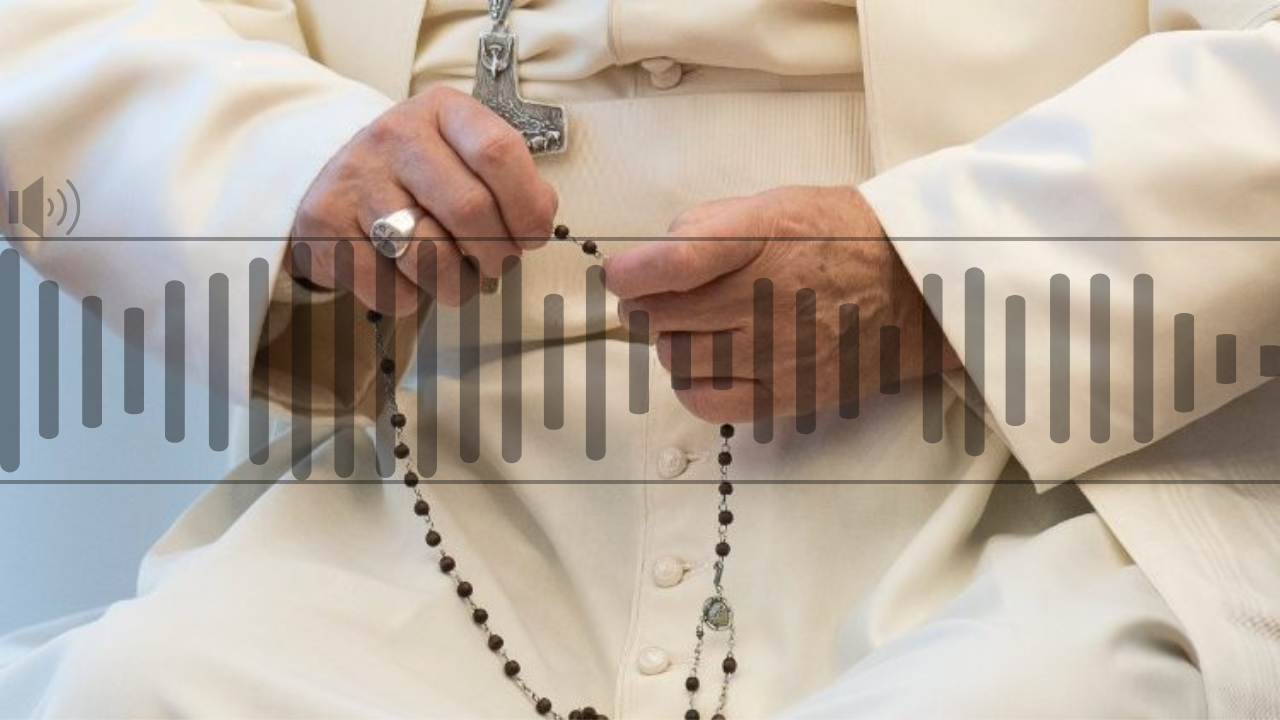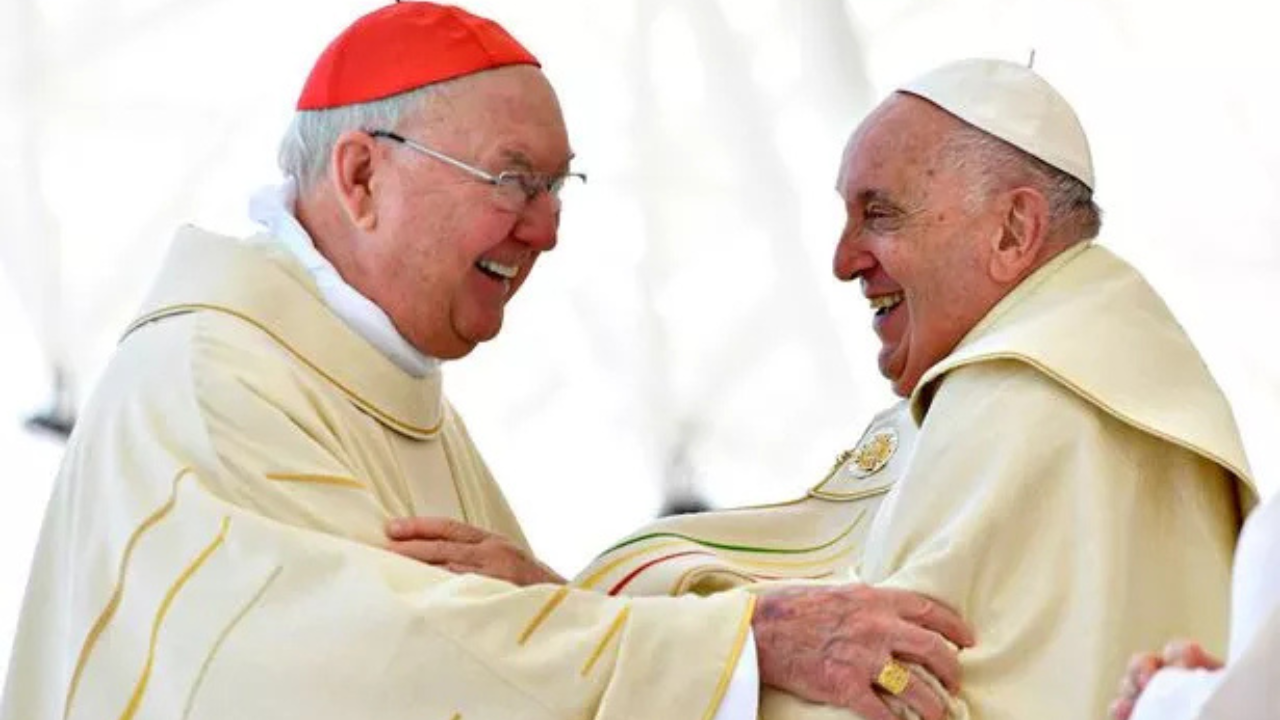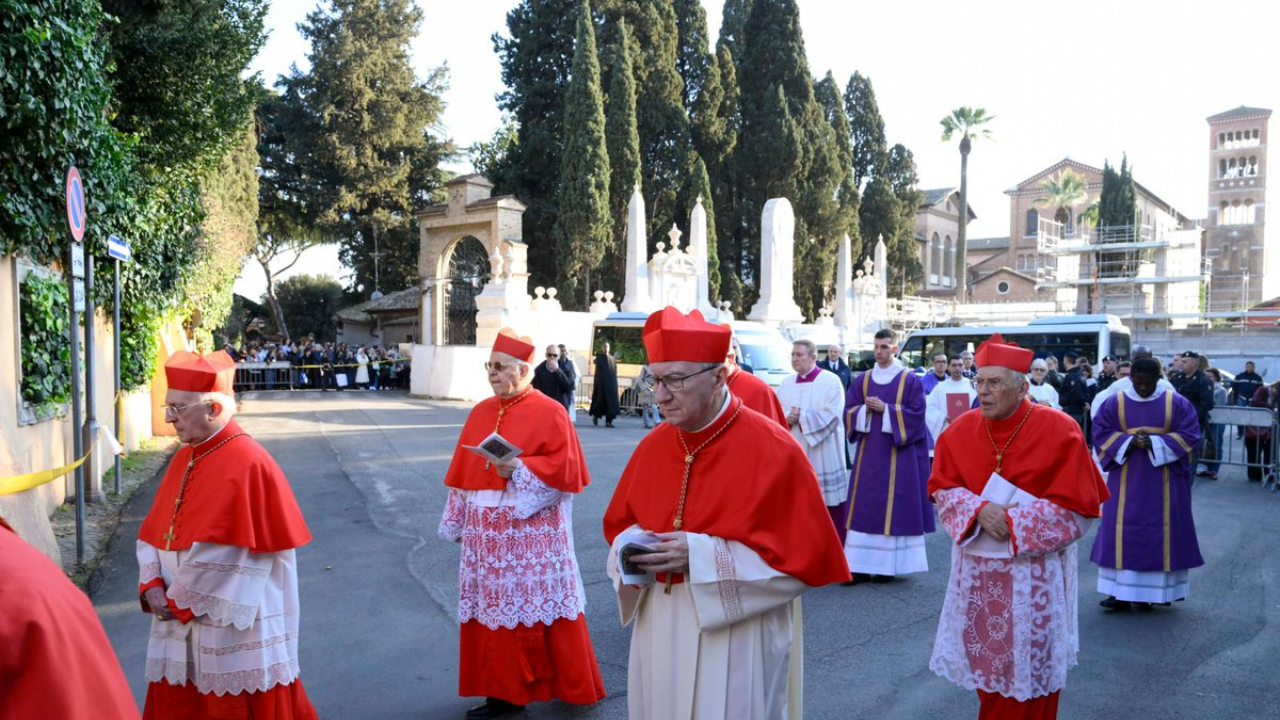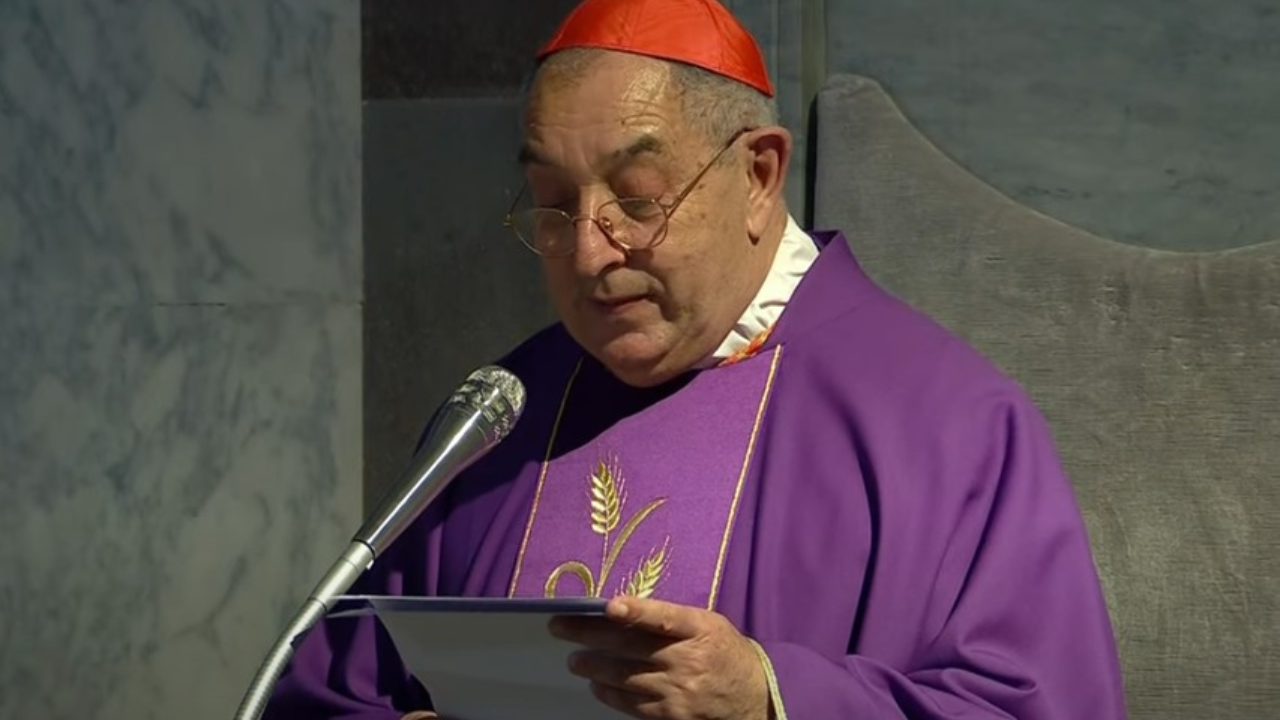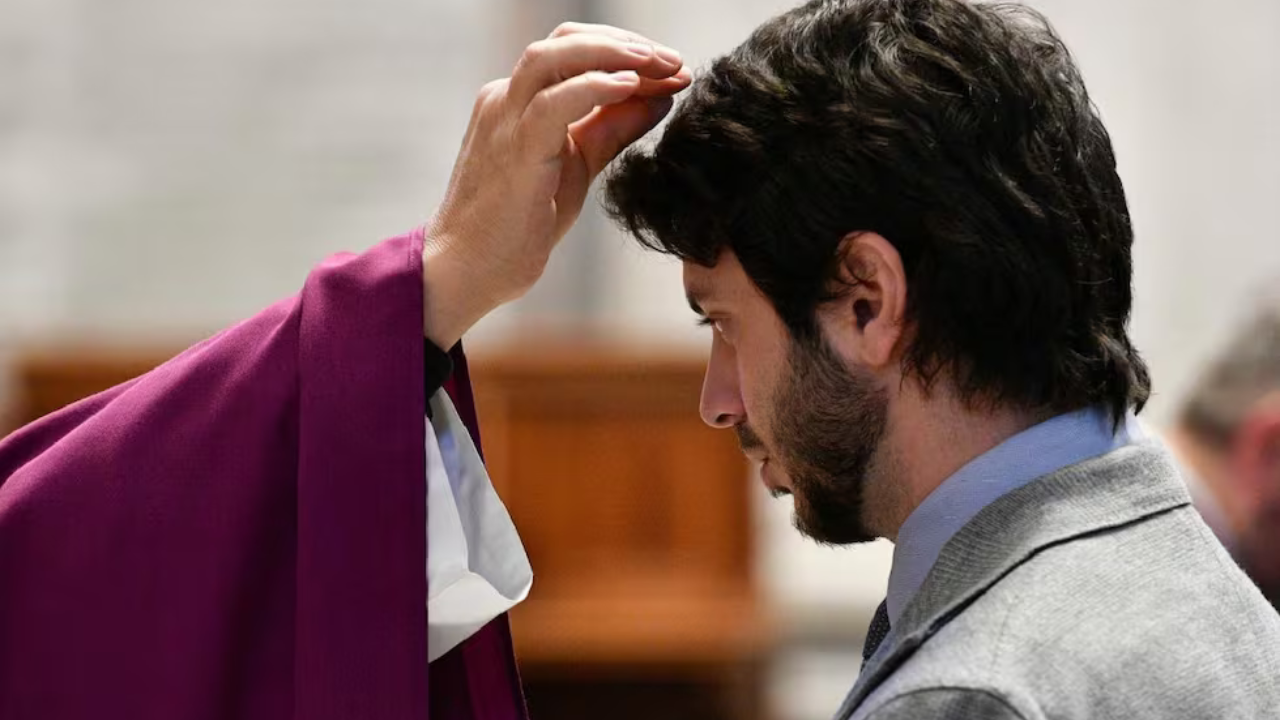To build the Baths of Caracalla in the 3rd century A.D., land had to be confiscated and houses had to be demolished. However, not everything was destroyed. Somethings survived.
These are frescoes found in the house of an upper-class citizen. The person's social status is evident from the colors used, which were some of the most expensive.
MIRELLA SERLORENZI
Director, Baths of Caracalla
The great baths in Rome are an incredible public work created to give free access to all citizens, and therefore, in order to build this great work they had to sacrifice parts of private land.
Now, the most interesting part of this house that can be visited in the Baths of Caracalla is this room. The owner had dedicated it to the different gods he venerated. It would be the equivalent of a private chapel in Christian culture.
However, this room is really unique as both Greco-Roman and Egyptian divinities are seen together—Jupiter, Juno and Minerva on the one hand and Isis, Osiris and Anubis on the other.
SILVIA FORTUNATI
Archaeologist
A few of the gods are represented in their full size—they're very large and they are all mixed together. It is an example of explicit religious content without symbols but using the real gods. And it's very unique.
MIRELLA SERLORENZI
Director, Baths of Caracalla
And the exceptional thing about these paintings is that we see how two different religions coexist in the same house, which testifies to the religious openness that existed in the Roman world. We do not know if the owner of the house was Roman or Egyptian, but in his house he decided to put different divinities in the same room.
This is important to understand the reason for the persecution of Christians. The monotheistic nature of Jesus' followers did not allow for the existence of other gods, which led to problems with the Romans. For example, they rejected the divinity of the emperors. But in this house, gods of varying religions were kept together.
In Rome, there are constantly new excavations being discovered and opened to the public. More than simply unearthing old buildings, these findings open a window to the past that reveal how Christianity survived in the polytheistic Roman world.
JRB
TR: KG
